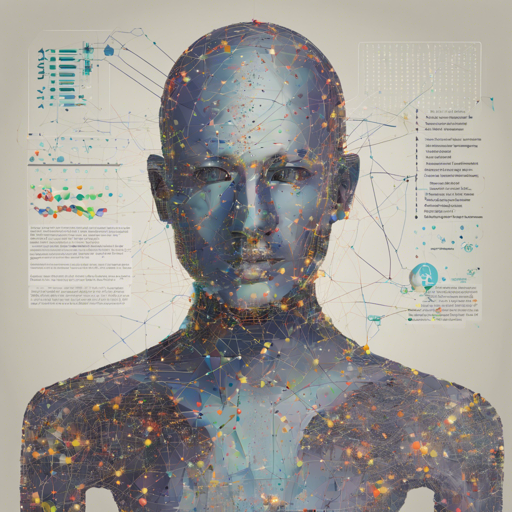Welcome to our guide on utilizing the ALBERT XXLarge v1 model! This powerful tool is designed for masked language modeling and is perfect for anyone looking to enhance their natural language processing tasks. Let’s dive into how to use this model step by step.
What is ALBERT?
ALBERT (A Lite BERT) is a transformer model pretrained on a large corpus of English data through a self-supervised approach. Its architecture fine-tunes language representation tasks, making it suitable for various applications such as sequence classification and question answering.
How to Use the ALBERT Model
To get started with the ALBERT XXLarge v1 model, follow these straightforward steps:
Step 1: Install Required Libraries
Before using the model, ensure you have the Transformers library installed. You can do this via pip:
pip install transformersStep 2: Import the Model and Tokenizer
Once the library is installed, you can import the required components:
from transformers import AlbertModel, AlbertTokenizerStep 3: Load the Model and Tokenizer
Create a tokenizer and model instance with the following code:
tokenizer = AlbertTokenizer.from_pretrained("albert-xxlarge-v1")
model = AlbertModel.from_pretrained("albert-xxlarge-v1")Step 4: Prepare Your Input Text
Now, replace the placeholder text with any content you want to analyze:
text = "Replace me by any text you'd like."
inputs = tokenizer(text, return_tensors="pt")Step 5: Get Model Outputs
Next, run the model with your input to get the outputs:
outputs = model(**inputs)Congratulations! You’ve successfully run the ALBERT XXLarge v1 model!
Understanding the Core Concepts with an Analogy
To make the functions of the ALBERT model clearer, imagine you’re training an apprentice chef who needs to learn how to create various dishes without reading any recipe books. Instead, the apprentice is placed in a massive kitchen (the dataset), where they can observe numerous interactions and cooking techniques among seasoned chefs.
- Masked Language Modeling (MLM): This is akin to the apprentice sometimes covering the steps of a chef’s action (like hiding a pan) and having to guess what the chef might do next. The goal is to predict the missing elements based on what they can remember.
- Sentence Ordering Prediction (SOP): Here, the apprentice is given two disarranged plates and must identify which plate was served first, enhancing their understanding of the order of cooking tasks.
Intended Uses and Limitations
While the ALBERT model can efficiently handle tasks like masked language modeling and next sentence prediction, it’s primarily geared towards fine-tuning for specific downstream tasks such as sequence classification, token classification, or question answering. For text generation, however, it’s advisable to look into alternative models like GPT-2.
Troubleshooting Tips
If you encounter any issues while using the ALBERT model, consider the following troubleshooting ideas:
- Ensure all dependencies are properly installed.
- Double-check your input data format; the model expects specific tensor types.
- If your results seem off, verify the text you’re analyzing is appropriate for your chosen task.
For more insights, updates, or to collaborate on AI development projects, stay connected with fxis.ai.
Final Thoughts
At fxis.ai, we believe that such advancements are crucial for the future of AI, as they enable more comprehensive and effective solutions. Our team is continually exploring new methodologies to push the envelope in artificial intelligence, ensuring that our clients benefit from the latest technological innovations.

